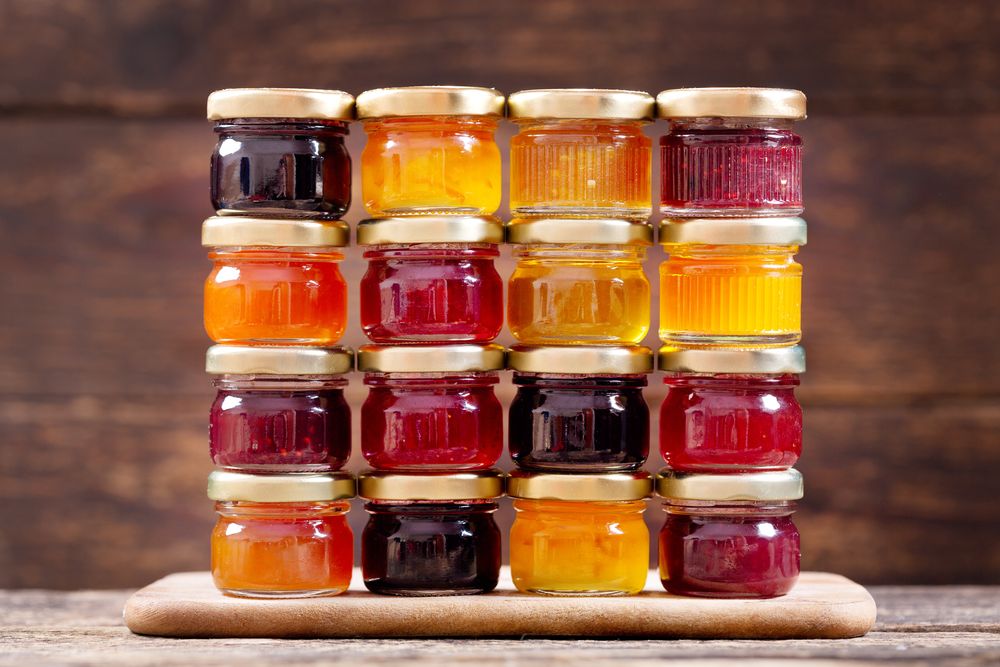European legislation To ensure safe application of nanotechnologies in food production, the legislative framework must be kept up-to-date with technology and scientific advances. One of the first documents on this issues, dated 2004, is entitled “Nanosciences and nanotechnologies: an action plan for Europe 2005-2009”, in which the European Commission presented its strategy in order to bring health and food safety regulations into line with the development of nanosciences. In March 2009, EFSA’s scientific committee published a first opinion on “Nanoscience and nanotechnologies and food and feed safety”, stating that the classic approach used for risk assessment can apply also for nanoparticles, but has to be performed on a case-by-case basis. The document states that scientific data are limited, and the methods are not adequately harmonized and validated to define a single procedure. In 2011 EFSA published the “Guidance on the risk assessment of the application of nanoscience and nanotechnologies in the food and feed chain”, providing guidance on testing approaches to identify and characterize hazards arising from the use of engineered nanomaterials (ENM) as food additives, food contact materials, novel foods, feed additives and pesticides. In the same year EFSA also established the “Network for Risk Assessment of Nanotechnologies in Food and Feed”; this network facilitates the harmonization of methodologies, the exchange of information between Member States, and achieves new synergies for the assessment of risks. Dr. Zappa, how are nanomaterials seen within the present European legal framework? Nanoparticles present in food may come from different sources: environmental contaminants; migration from contact materials; presence in the form of additives or ingredients; pesticide residues or veterinary medicine residues in nanoformulation. The Regulation on food additives introduces a clear distinction between additives obtained with conventional technologies and additives obtained using nanotechnologies, specifying that “When a food additive is already included in a Community list and there is a significant change in its production methods or in the starting materials used, or there is a change in particle size, for example through nanotechnology, the food additive prepared by those new methods or materials shall be considered as a different additive and a new entry in the Community lists or a change in the specifications shall be required before it can be placed on the market”. Even the regulation on food labelling provides that consumers are informed of the presence of engineered nanomaterials in food. In particular, it provides that all ingredients present in the form of engineered nanomaterials shall be clearly indicated in the list of ingredients; the names of such ingredients shall be followed by the word “nano” in brackets.
© Tecniche Nuove Spa • All rights reserved. Registered office: Via Eritrea 21 - 20157 Milano - Italy. Issued and fully paid-up share capital: 5.000.000 euro. Tax code, VAT & registration within the Italian Business Register of Milano: 00753480151




